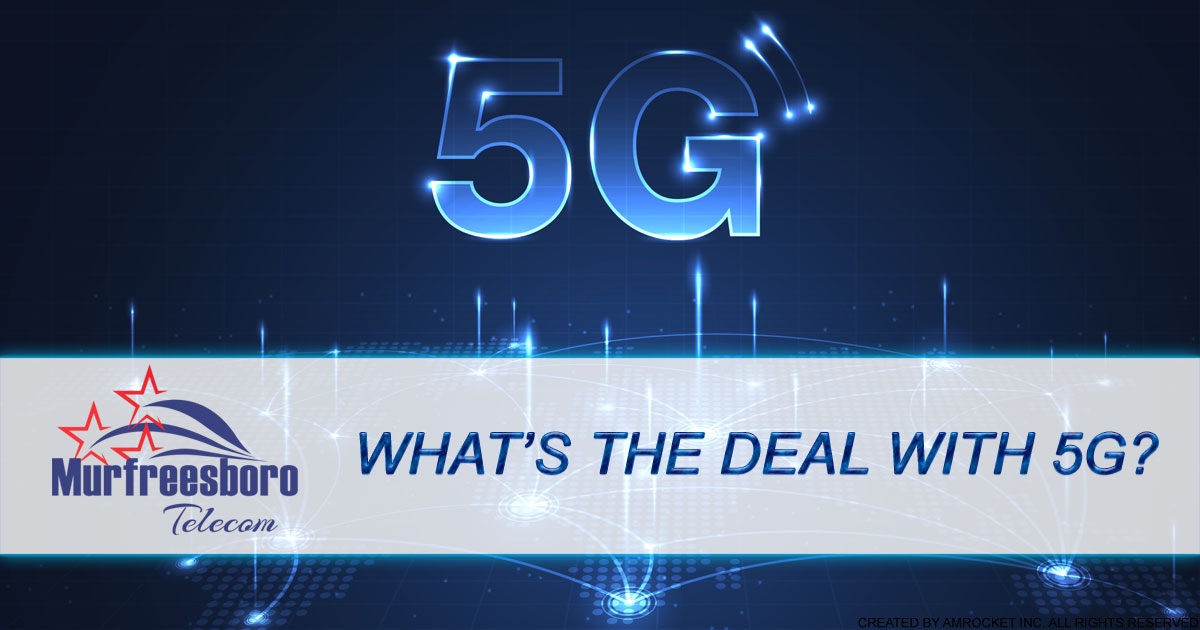What IS 5G?
5G stands for Fifth Generation - you may or may not know the basis of the other four generations - 1G brought the first cell phones; 2G brought us texting; 3G made it possible to connect mobile devices to the internet; and 4G enabled us to use the net on mobile devices at unprecedented high speeds.
So what does 5G look like in practice?
Put simply, 5G means breakneck high speeds. This will enable our devices to perform massive processing tasks at as yet un-dreamt-of speeds. So what does that look like on a practical level? Dream as big as you can...
Nope, bigger...
Keep going...
Getting there. Still, real, concrete ideas of the scope of possibility with 5G is something that will have to evolve organically, as it's happening - we will realize when we recognize.
How does 5G work?
Cellular data works by way of ultra-high radio frequencies. The faster we get, the smaller the waves get. At this point, we're still mostly on 4G (though some major cities are experimenting with a sort of rudimentary form of 5G), which means the smallest waves are roughly 85mm; 5G will use wavelengths from just under 10mm to just barely under 1mm. That's about .04' at the highest frequency. At this point, it looks like the use of many, many more, smaller nodes (like much smaller cell towers) will be the main method employed.
We may be a couple of years away from the realization of this exciting and groundbreaking concept, but rest assured Murfreesboro Telecom will be right there with it.


